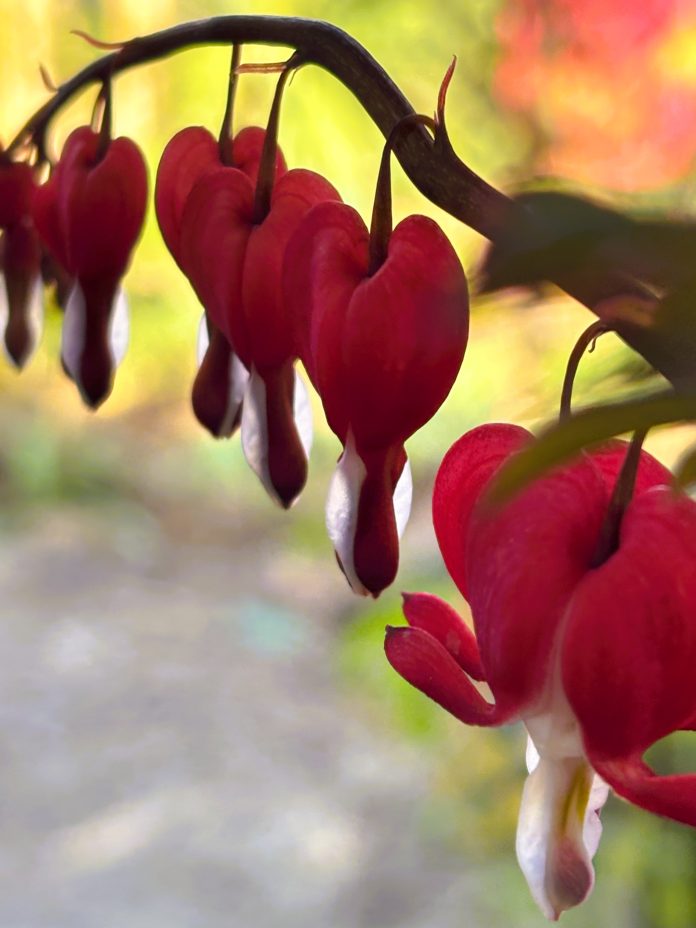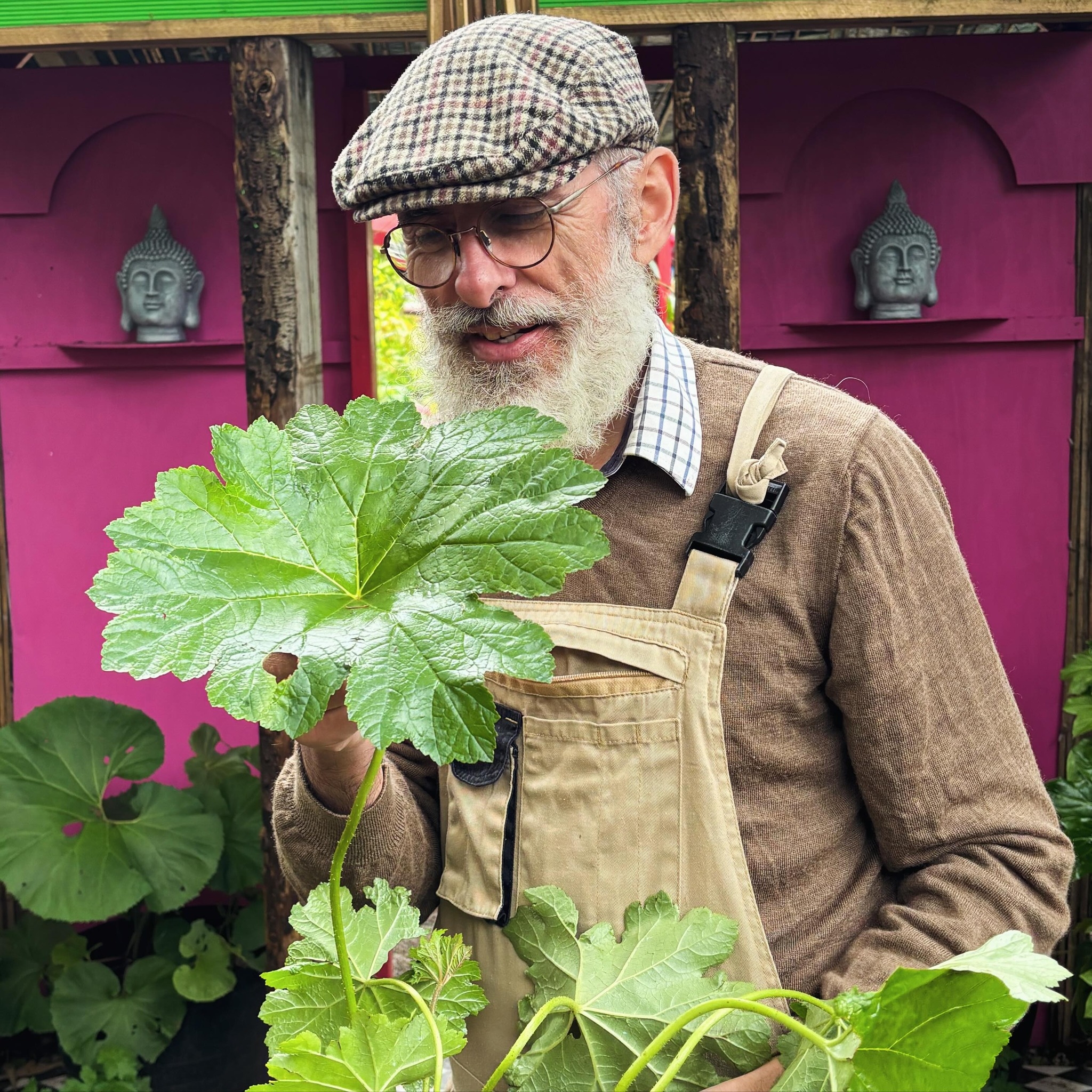Sure! Here’s a comprehensive Grow Guide for Dicentra (commonly known as Bleeding Heart), ideal for gardeners in temperate climates:
🌿 Grow Guide: Dicentra (Bleeding Heart)
Botanical name: Dicentra spectabilis (also known as Lamprocapnos spectabilis)
Common name: Bleeding Heart
Family: Papaveraceae
Type: Herbaceous perennial
Hardiness: RHS H6 – hardy down to −20°C (USDA zones 3–9)
🌸 At a Glance
- Bloom time: Spring to early summer
- Height & spread: Up to 90cm tall × 60cm wide
- Position: Partial shade (can tolerate full sun in cool, moist conditions)
- Soil: Moist, fertile, humus-rich, well-drained
- Foliage: Ferny, deeply cut leaves; often goes dormant by midsummer
- Flower colour: Pink, red, or white, heart-shaped flowers dangling from arching stems
🌱 Planting
- Best time to plant: Early spring or autumn
- Spacing: 45–60cm apart to allow airflow
- How to plant:
- Dig a hole twice as wide as the rootball
- Mix in organic matter like compost or leaf mould
- Plant so the crown is just below soil level
- Water in well
☀️ Light & Position
- Ideal: Dappled or partial shade (under trees or shrubs)
- Full sun: Possible in cooler regions, but only with reliably moist soil
- Avoid: Hot, dry spots or exposed windy locations
💧 Watering & Feeding
- Watering: Keep soil moist during the growing season. Do not allow to dry out.
- Feeding: Apply a balanced slow-release fertiliser in spring, or mulch with compost in early spring to feed and retain moisture.
✂️ Maintenance
- Deadheading: Not essential, but you can remove faded flowers to tidy the plant.
- Foliage dieback: The plant will naturally go dormant by midsummer. Once foliage yellows, cut it back to ground level.
- Mulching: Mulch in spring with compost, leaf mould, or well-rotted manure.
🔁 Propagation
- By division: In autumn after dieback, or early spring before growth resumes
- From seed: Possible, but slow and unpredictable
- Note: Avoid disturbing mature plants unless necessary—they dislike being moved
🐛 Pests & Problems
- Generally pest-free, but:
- Watch for slugs and snails on young shoots
- May suffer from leaf scorch in hot, dry weather
- Crown rot can occur in soggy soils
🌼 Cultivar Highlights
- ‘Valentine’ – Deep red flowers with dark stems and blue-green foliage
- ‘Alba’ – Elegant white flowers
- ‘Gold Heart’ – Classic pink blooms with stunning golden-yellow foliage
🧤 Good to Know
- All parts of the plant are mildly toxic if ingested – keep away from pets and children
- Suitable for woodland gardens, cottage borders, shady beds, and underplanting
- Works well with ferns, hostas, pulmonaria, and brunnera
Let me know if you’d like this in a downloadable format or tailored for UK vs US climates, or as a printable card for a gardening club!





